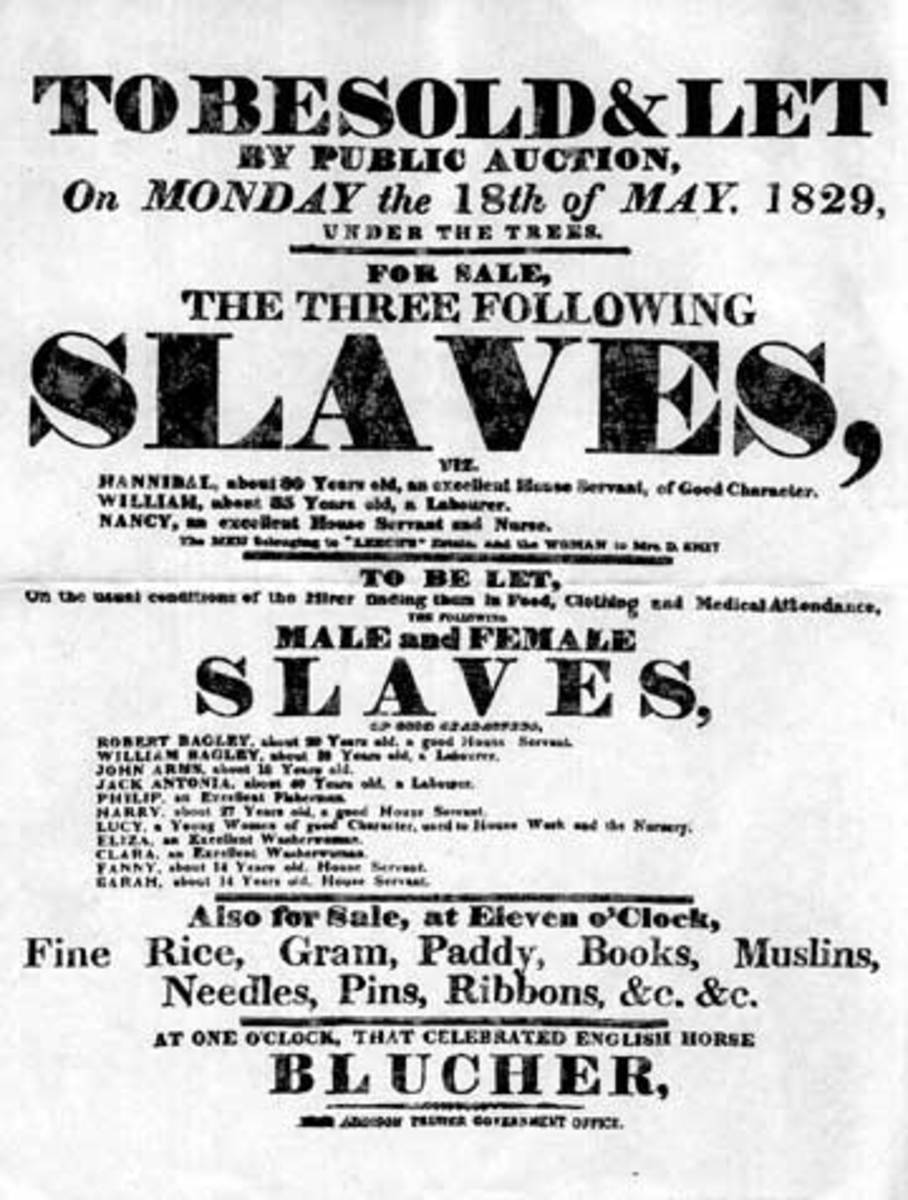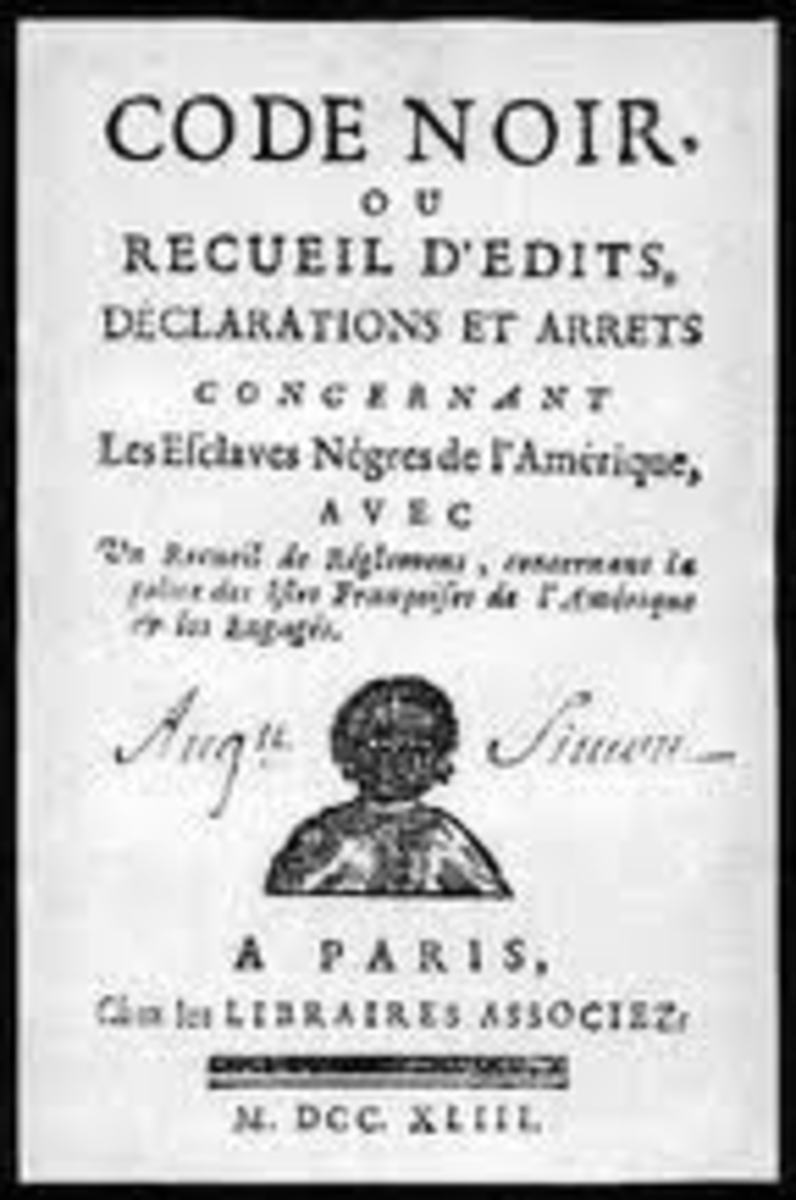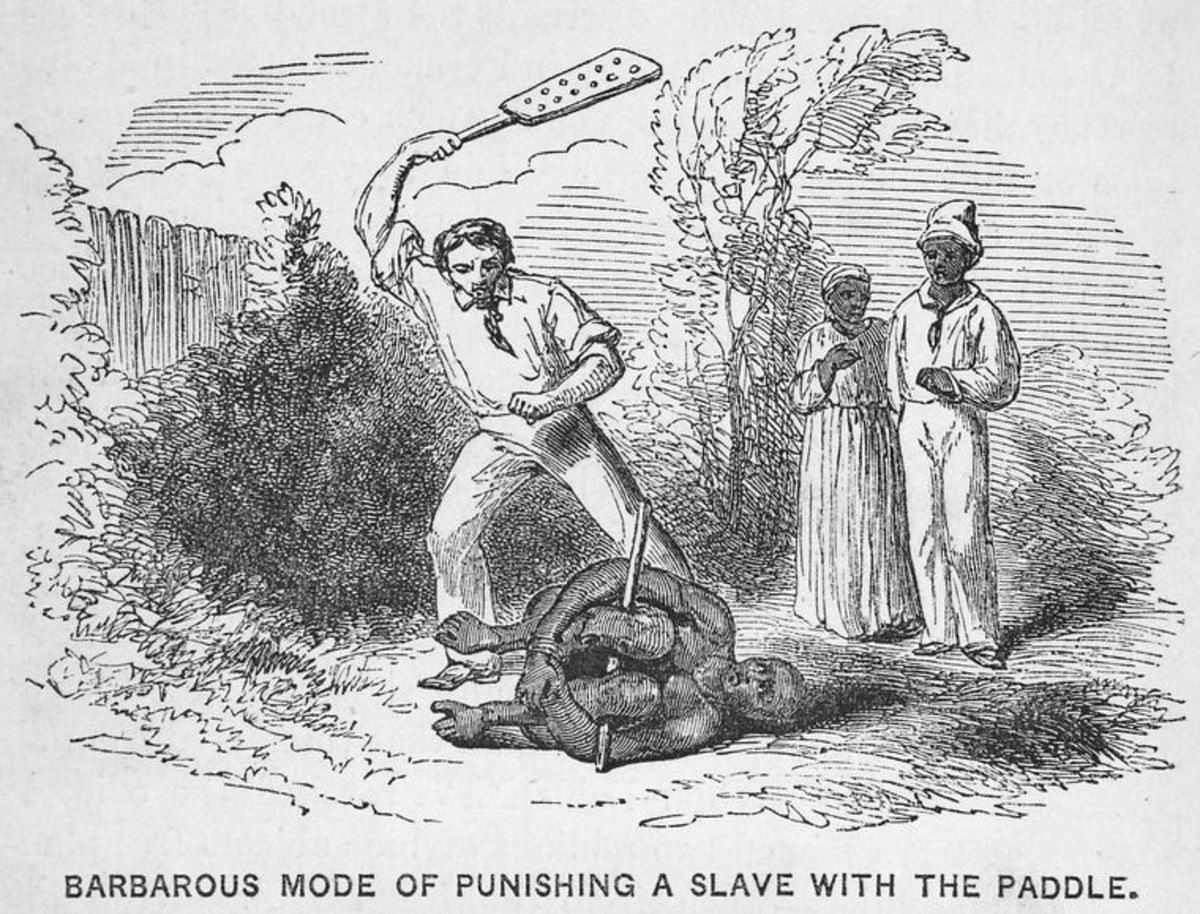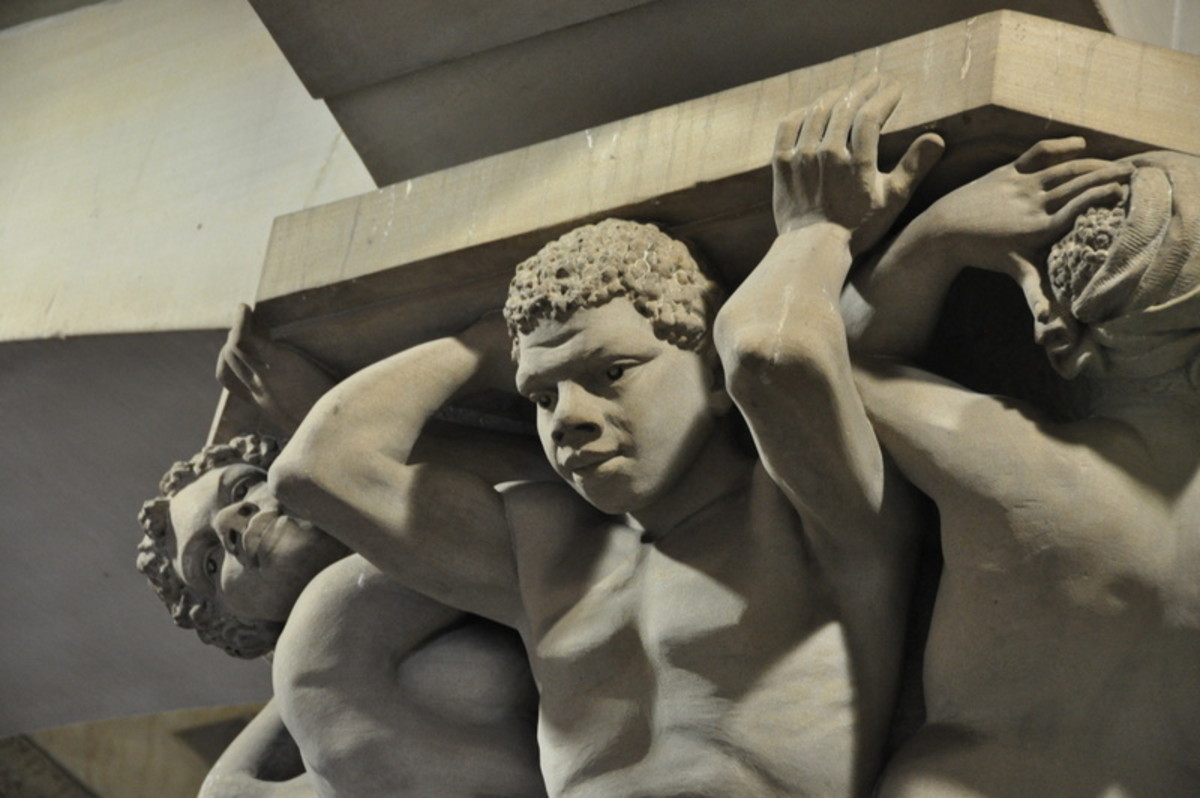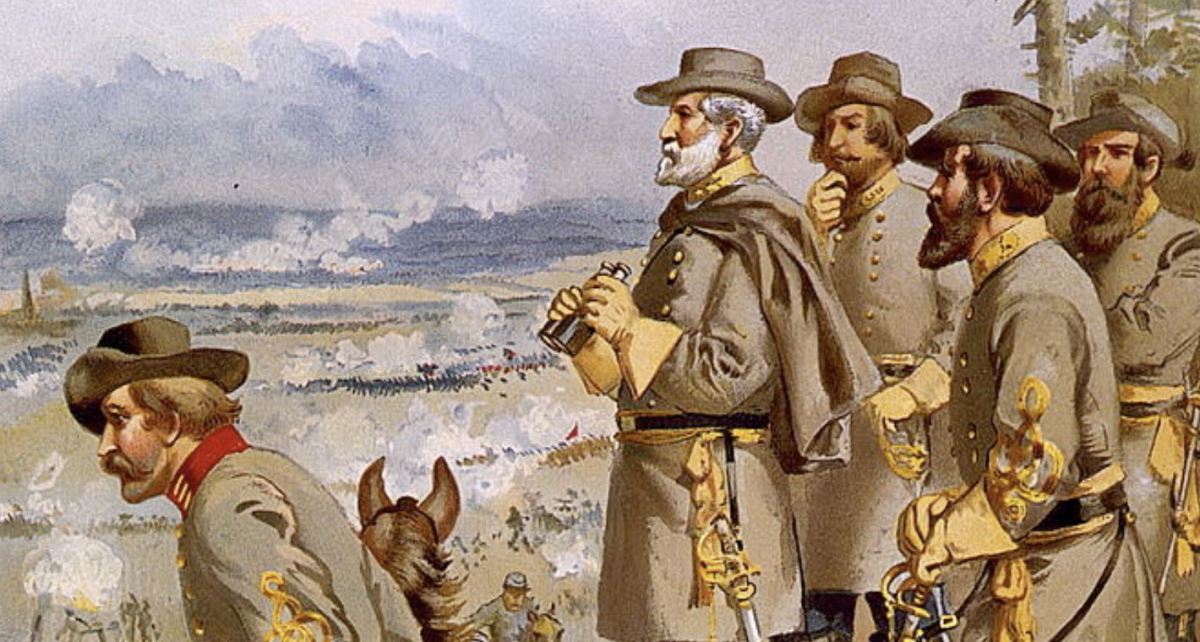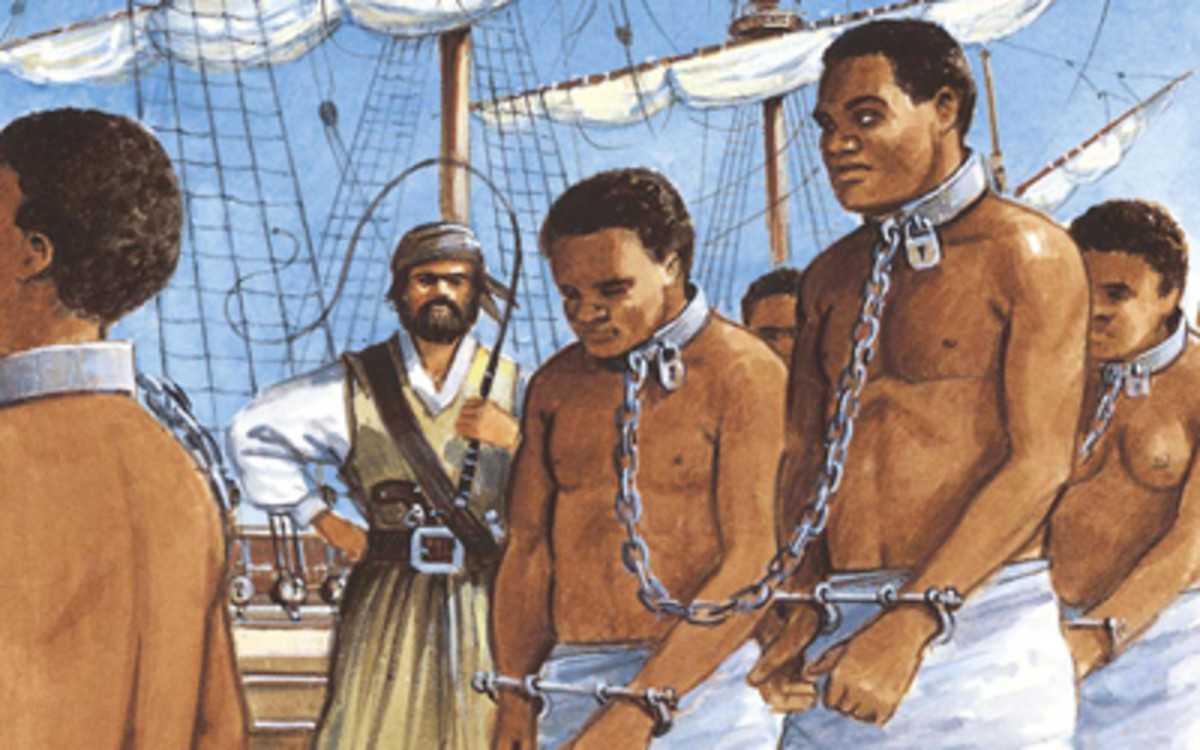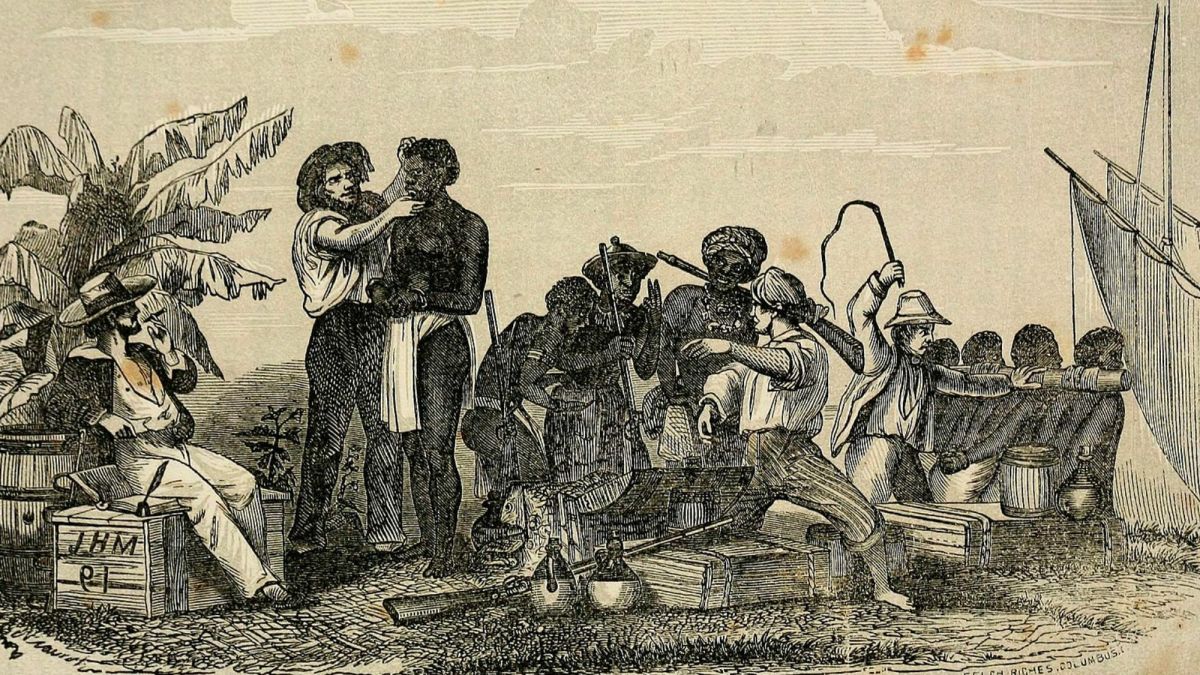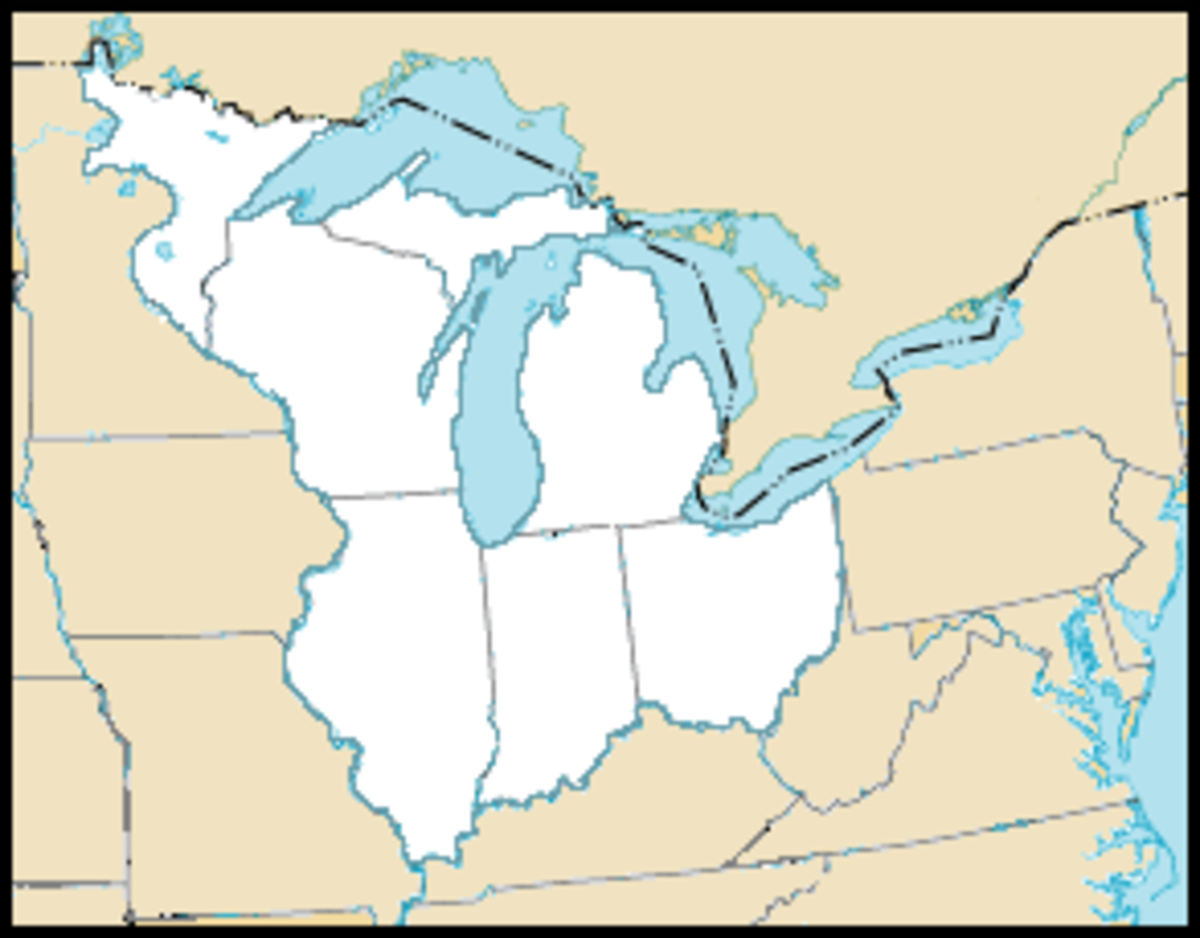- HubPages»
- Education and Science»
- History & Archaeology»
- History of the Americas»
- American History
Slavery was a Result of Other Demands
The Portuguese and Dutch played important roles in the establishment of slavery throughout the New World. But what was the drive behind these great endeavors? Transporting millions of humans from one side of the world does not seem like a cost effective task. In David Brion Davis’s, “Inhuman Bondage”, we find that Europe’s wealthiest nations were willing to invest so heavily in the African slave trade for a resource that the world had never seen in great quantity before; sugar.
Between 1500 and 1750 slavery expanded throughout eastern South America. According to Davis, various powers such as the Dutch, British, and French expanded their colonies throughout the Caribbean. In fact, roughly forty-six percent of slaves imported from Africa during this time ended up in the Caribbean (103). While this was happening the Portuguese developed a massive system of slavery in Brazil, where forty-five percent of African slaves were sent (104). Davis tell us that these expansions were “largely because of the expanding international market for sugar, molasses, syrup, and rum”. (103). By 1850 “the English working class was consuming more sugar per capita than the aristocracy”, (104) which shows how demand increased over the previous three centuries. The African slave trade to the New World was a direct result of Europe’s demand for sugar (107).
Portugal was first operating in Brazil in the early 1500’s. In an attempt to substantiate their claim to the area against other colonizers, the Portuguese invested in sugar plantations (103). As the Portuguese began to realize the economic possibility of exporting sugar, the labor to produce that sugar was in short supply. Davis writes that when producing sugar, “everything depended on speed and perfect timing ... if the cane was not crushed within a day of cutting, the treasured juice would go sour” (108). So large numbers of people were needed to produce enough sugar to keep up with demand. Slavery not only provided the cheapest labor source, but the largest available labor source. This led to the Portuguese being the first importers of African Slaves, and “by 1600 Brazilian sugar was bringing Portugal even greater profits than the fabled Asian spice trade” (109).

As the Portuguese increased their production in the New World, they began to hire Dutch merchants to open shipping lanes to Europe (111). The Dutch acted as transporters only for a short period, but soon decided to enter the sugar production market as well. Davis writes, “in 1621 and an intensification of the Hollanders’ war against Hapsburg Spain and Portugal, the Dutch temporarily [captured] Salvador (Brazil’s capital), disrupted the Bahian economy, and in 1630 seized Brazil's largest sugar-producing region” (111). As the Dutch took these opportunities to acquire pieces of the Portuguese sugar empire, they were also establishing colonies in the Caribbean, while maintaining sea passages in the Caribbean. This allowed them to supply the French and British with sugar and slaves. This role of providing valuable resources to their European neighbors secured their economic stability (111).
It is apparent that the Portuguese and Dutch played pivotal roles in establishing the African slave trade for the New World. As Portugal discovered the profitability of a sugar market for the wealthy Europeans, they created a demand for slaves so that they could maintain adequate labor that was needed, while keeping their costs as low as possible. While the Dutch played their part initially as the transporters of sugar, they soon realized that going to war with the Portuguese and taking established plantations by force was worth the risk, because the real money was in creating the sugar. This only increased the demand for African slaves.
Works Cited
Davis, David Brion. “Inhuman Bondage: The Rise and Fall of Slavery in the New World”. Oxford, England: Oxford UP, 2006. Print.

